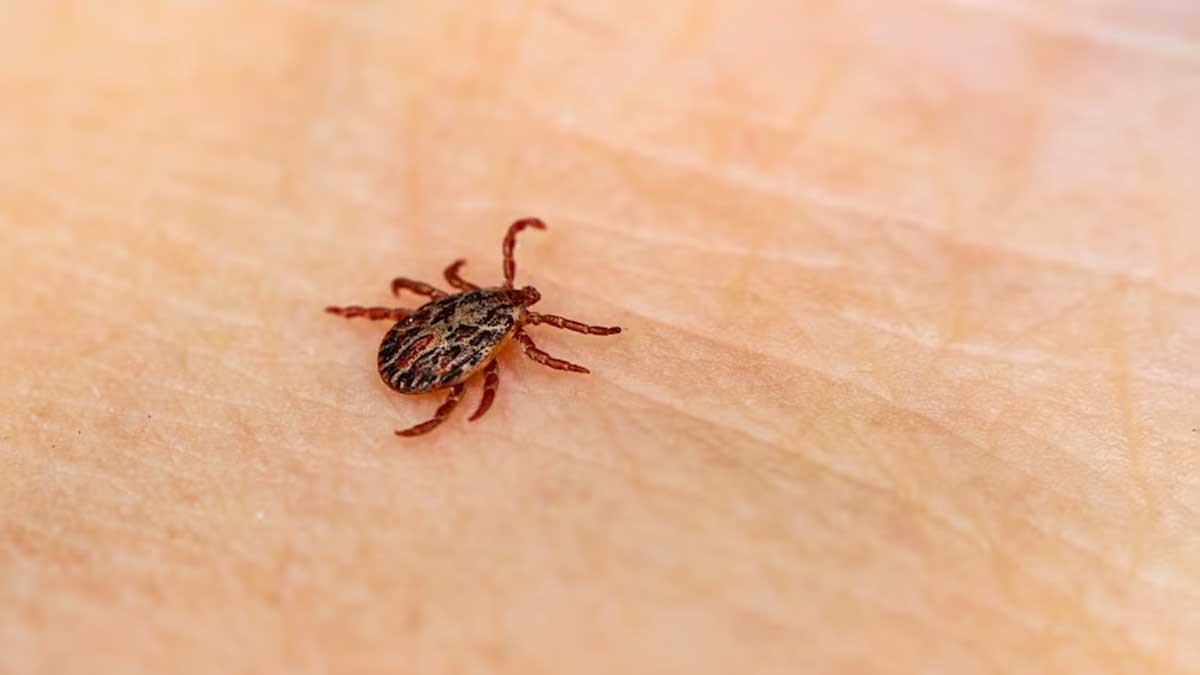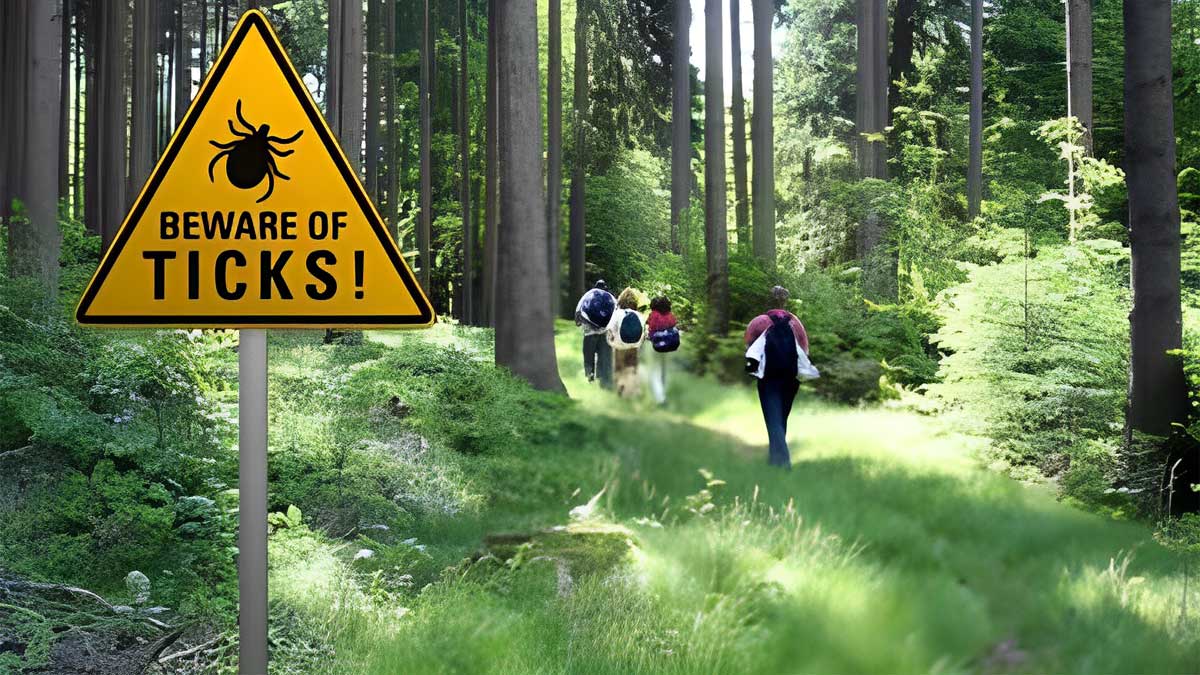
Earlier this month, the US Centers for Disease Control and Prevention (CDC) issued a health alert against an outbreak of Rocky Mountain spotted fever that caused a total of five illnesses, including three deaths, in southern California.
Table of Content:-
"As of December 8, 2023, five patients have been diagnosed with confirmed RMSF since late July 2023; all had travelled to or resided in Tecate within 2 weeks of illness onset," the advisory stated, adding that four patients were under the age of 18—three were US residents, and two were residents of Mexico.
All five patients were hospitalized, and three succumbed to the illness, according to the CDC advisory.
Also Read: Two Rare Dengue Encephalitis Cases Reported: What Causes It, Symptoms, And Treatment Options
What Is Rocky Mountain Spotted Fever?

Rocky Mountain spotted fever (RMSF) is a potentially life-threatening tick-borne illness caused by the bacterium Rickettsia rickettsii.
It is transmitted to humans through the bite of infected ticks, primarily the American dog tick and the Rocky Mountain wood tick.
According to the CDC, RMSF is endemic across northern Mexico and areas of the southwestern United States, where the pathogen can be transmitted by brown dog ticks, closely associated with domestic dogs in urban and peri-urban environments.
Symptoms Of RMSF

Since RMSF can "rapidly progress to a serious and life-threatening illness," it is important to recognise the early signs and symptoms and get timely treatment. Some of the symptoms include:
- Fever
- Headache
- Rash
- Nausea
- Vomiting
- Stomach pain
- Muscle pain
- Lack of appetite
Characteristics Of RMSF-Related Rash
Rash is a common symptom of RMSF and usually develops 2-4 days after fever begins, says the CDC, adding that some can look like red splotches and others like pinpoint dots.
Although most patients with RMSF develop a rash, it unfortunately appears only in the later stages of the illness, making it difficult to diagnose the disease early.
Also Read: Viral Versus Bacterial Infection: Why You Need To Know The Difference
Prevention And Treatment

As far as the prevention of RMSF is concerned, there is currently no vaccine to reduce its risk.
The CDC recommends preventing tick bites, preventing ticks on your pets, and preventing ticks in your yard.
Here are some preventive measures you can take against the illness:
- Apply insect repellents to exposed skin and clothing when spending time in areas with ticks
- Wear long sleeves, pants, and closed-toe shoes to minimise skin exposure
- Steer clear of areas with high grass, bushes, and wooded areas
- Thoroughly check your body for ticks after spending time outdoors
- Regularly check your pets for ticks after they've been outdoors
If you're diagnosed with RMSF, doctors may start treatment with the antibiotic doxycycline, which can prevent death and severe illness, according to the CDC.
Conclusion
While RMSF is a treatable disease, it can progress very quickly and cause life-threatening issues. The key is to recognise the symptoms and get timely treatment. If you have been outdoors, particularly in areas that are swarming with ticks, do not forget to check for tick bites. However, prevention is always better than cure, so ensure that you take the necessary measures while visiting the outdoors.
Also watch this video
How we keep this article up to date:
We work with experts and keep a close eye on the latest in health and wellness. Whenever there is a new research or helpful information, we update our articles with accurate and useful advice.
Current Version